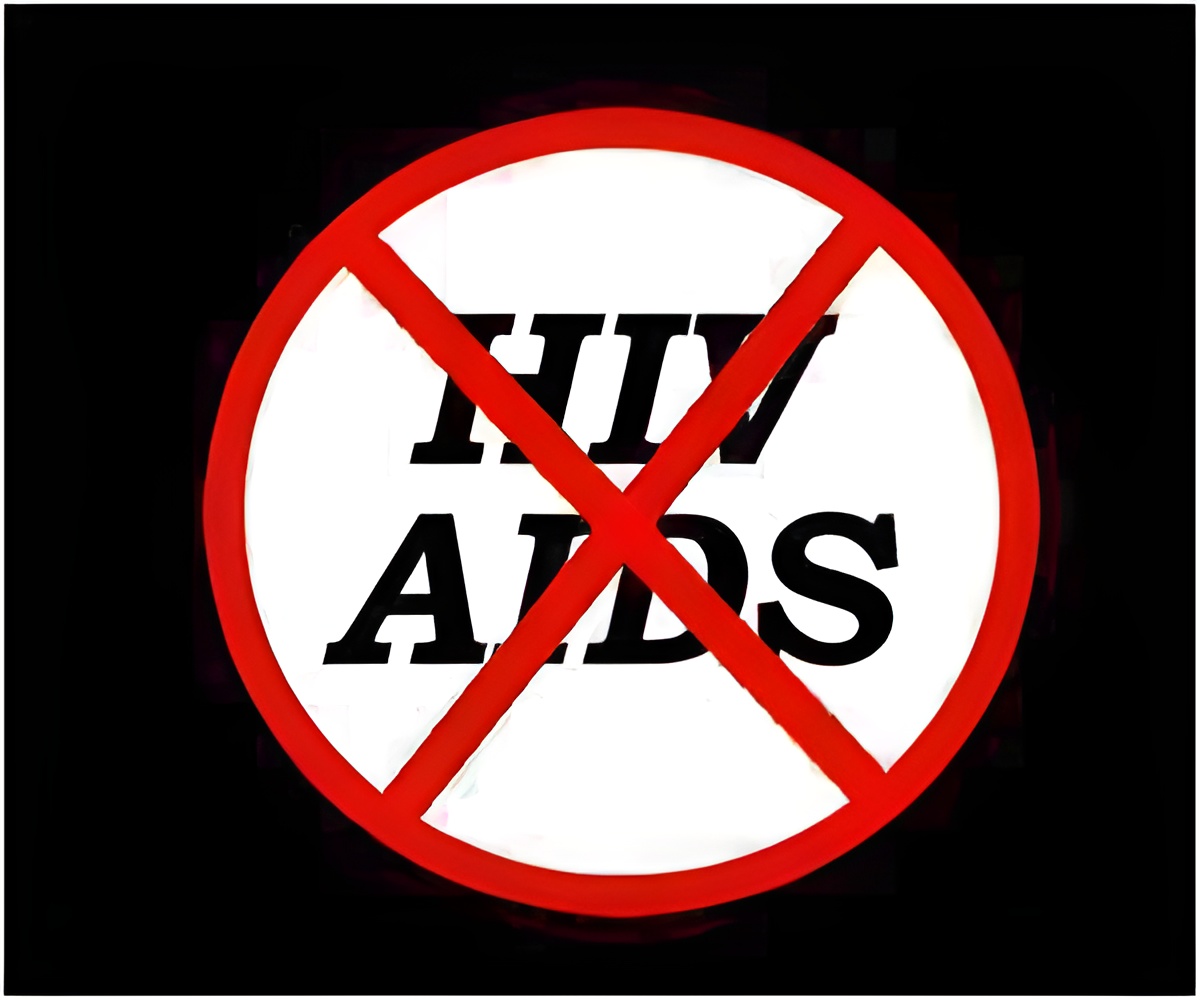An intrinsic capacity to destroy HIV is held by human cells. The virus has however evolved to contain a gene that blocks this ability.

A family of human proteins called APOBEC3 effectively restrict the growth of HIV and other viruses, but this action is fully counteracted by the viral infectivity factor gene (vif) in HIV. In the study, researchers intravenously infected humanized mice with HIV. They found that the most commonly transmitted strains of HIV are completely neutralized by APOBEC3 proteins when vif is removed from the virus.
"Without the vif gene, HIV can be completely destroyed by the body's own immune system," said J. Victor Garcia, PhD, professor of medicine at the UNC School of Medicine and senior author on the study. "These results suggest a new target for developing drugs fully capable of killing the virus."
Garcia and his colleagues pioneered the humanized mouse model used for these studies. The aptly named "BLT" mouse is created by introducing human bone marrow, liver and thymus tissues into animals without an immune system of their own. The mice have a fully functioning human immune system and can be infected with HIV in the same manner as humans. In previous research, Garcia and his team have effectively prevented intravenous, rectal, vaginal and oral transmission of HIV in the mice with pre-exposure prophylaxis (PrEP).
For the current study, Garcia and his colleagues also infected BLT mice with another, highly harmful strain of the virus. The results show that this strain of HIV does continue to replicate, even without vif, but at a much slower rate and without harming the human immune system. Further, the researchers found that virus replication in this case was limited to one tissue-the thymus-in the entire body.
"These findings demonstrate a fundamental weakness in HIV," said John F. Krisko, PhD, lead author on the study. "If this weakness can be exploited, it might eventually lead to a cure for HIV/AIDS," Krisko said.
The study appears March 28 in the online journal PloS Pathogens.
Source-Newswise















